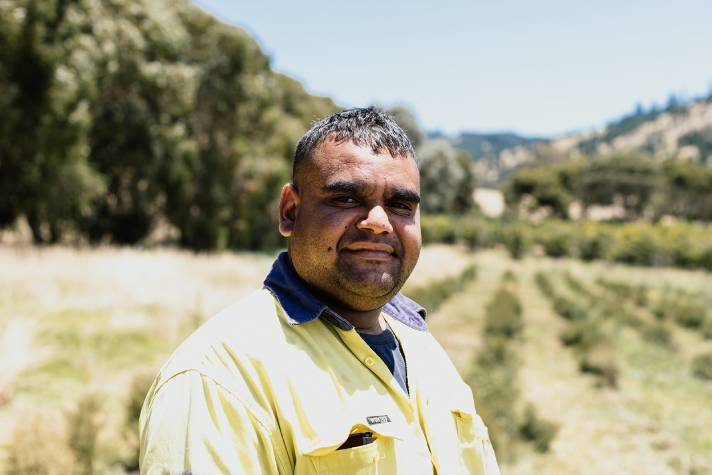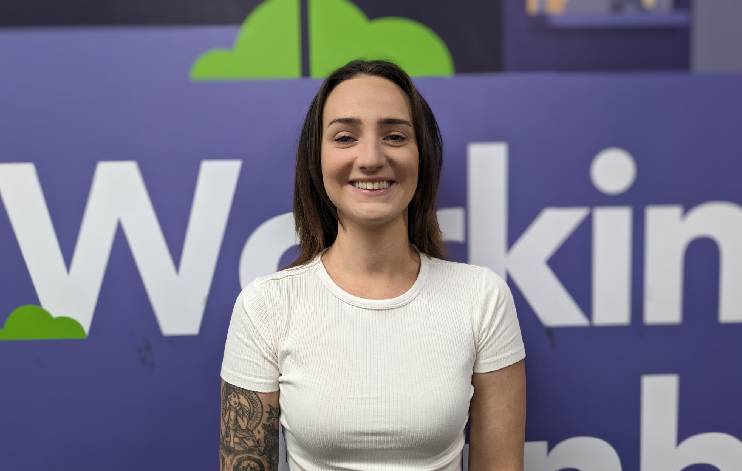Closing the Gap in Indigenous Australian employment rates
Published by MAXSolutions on February 09, 2021

A majority of large employers intend to increase the size of their Indigenous Australian workforce in 2021. But those looking for work remain very cautious about the future, according to a new MAX report on Closing the Gap.
We surveyed our Indigenous Australian customers at the end of 2020 on topics including the support they most value from employers and their expectations for the future. A separate poll of large and medium size employer partners was launched at the same time.
Just a quarter of Indigenous Australians looking for work expect employment opportunities to increase over the next three years, with Victorians the most worried about the future.
The employer survey revealed significant optimism among large national businesses that gaps in employment outcomes between Indigenous and non-Indigenous people will decrease as we enter the new decade.
Key findings
- A majority of the 21 large and medium sized MAX employer partners we polled and interviewed expect the number of Indigenous Australian they employ to increase in 2021
- Just 5% of Indigenous Australians looking for work believe employer bias is main factor behind recent experiences of unemployment
- There is a strong correlation between setting public D&I targets and businesses’ success in attracting and retaining Indigenous Australian talent
- When asked what support they valued from past employers, good communication was most likely to be referenced by MAX candidates
More than 570 MAX customers responded to the survey. Around 50% said they expect employment opportunities to remain the same or decrease. Respondents in Victoria were the least optimistic, with 78% expecting no improvement. Younger Indigenous Australians were more likely to be optimistic about the future than older respondents.
Among those respondents who experienced a period without work for six months or more over the last five years, just 5% said employer bias against Indigenous Australians was the decisive factor in their unemployment.
MAX Executive General Manager of Employment, Fiona Lamb, said: “What we are seeing is a significant divergence in confidence between employers and job seekers. But on the basis of reported hiring intentions, we expect a step forward in the next few years.
“Despite the challenges posed by COVID, many of our large employer partners increased the size of their Indigenous Australian workforce last year and a lot of businesses are telling us they intend to increase their Indigenous Australian talent pool in 2021.
“But it is also true that many Indigenous Australians who are looking for work are still very cautious about the future, with big swings in confidence between states and age groups.”
What are the most successful businesses doing to close the gap?
Ms Lamb said there were reasons to be confident about gaps in employment closing more quickly thanks to more employers introducing targeted strategies to attract and retain Indigenous Australian staff.
“Businesses that promote cultural respect, set public targets and don’t just rely on online job websites to attract candidates have more success attracting and retaining Indigenous Australian talent,” said Ms Lamb.
“It’s encouraging that relatively few people identify employer bias against Indigenous Australians as the decisive factor behind their recent experience of unemployment.
“But it’s also easy to understand the caution among many Indigenous Australians about the future, given the amount of work that needs to be done to close employment gaps.”
When asked what support they had most valued from past employers, MAX customers were most likely to cite issues around good communication and appreciation of talent. Cultural respect was seen as the most important support customers would like to see in future employers.
Share
Recent Posts
Tags
Found this useful?
Help and advice
Our blogs are about helping people seek the information that they need for their steps in the workforce.














_1.jpg)





























.jpeg)




















